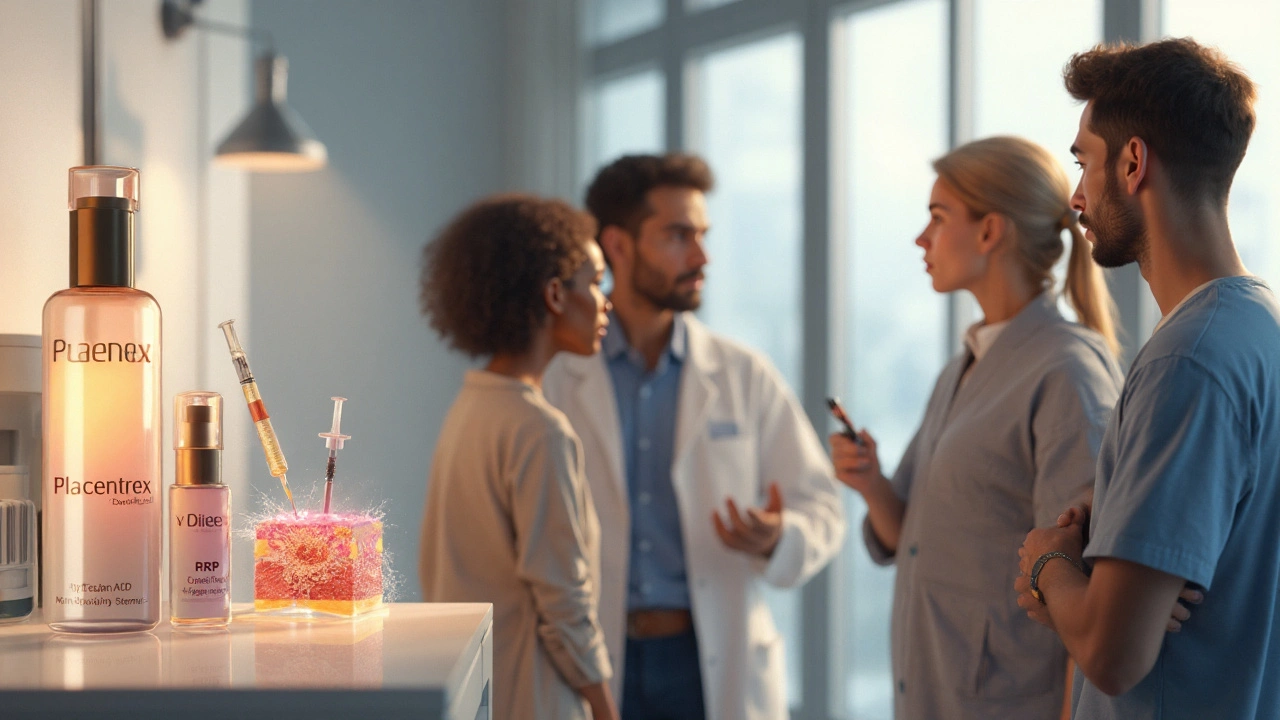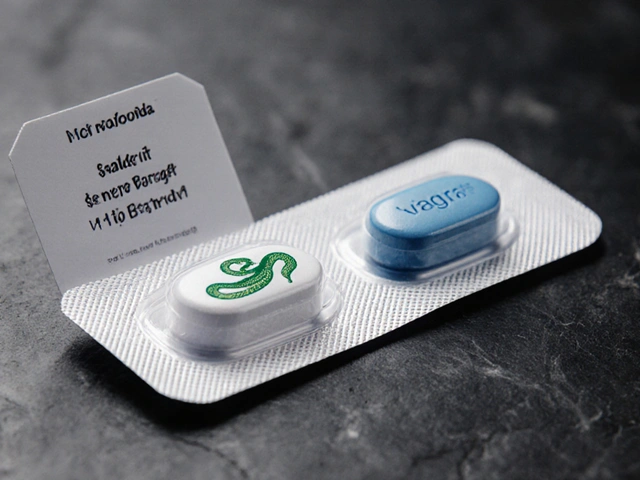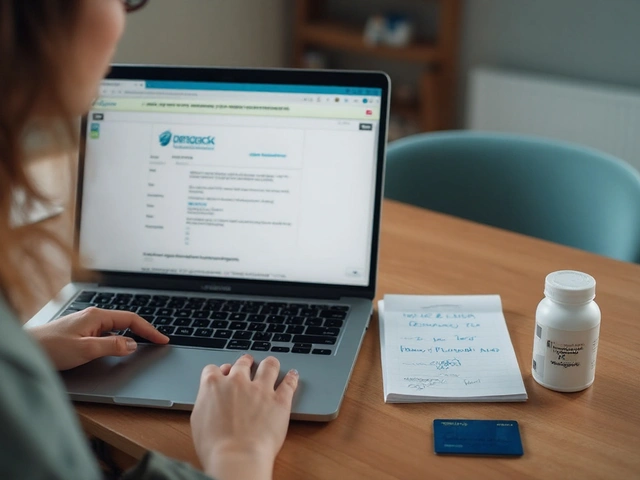Human Placental Extract – Quick Guide to What It Is and Why People Use It
If you’ve ever seen a beauty product or a supplement bragging about “human placental extract,” you’re probably wondering what the fuss is about. In plain terms, it’s a fluid taken from the placenta after a baby is born, processed, and turned into a powder or liquid that can be added to creams, serums, or pills.
Why would anyone want something that sounds so… out there? The main draw is the mix of proteins, growth factors, and hormones that the placenta naturally contains. Those ingredients are famous for helping cells grow, repair, and stay hydrated, which is why some skin brands claim it can smooth lines, boost firmness, and speed up wound healing.
How People Use Human Placental Extract
There are two big ways it shows up: topically in skincare and orally as a supplement. In a cream, the extract is usually combined with other moisturizers and antioxidants. Users say it feels silky and gives a quick “plump” effect, especially on dry patches. For oral supplements, the extract is often marketed for anti‑aging, hormonal balance, and even joint health. The dosage varies, but most products suggest one to two capsules a day.
It’s worth noting that the extraction process matters. High‑quality brands use low‑temperature, sterile methods to keep the delicate proteins intact. Cheaper options might rely on harsh chemicals, which can break down the active ingredients and raise safety concerns.
Safety, Side Effects, and Who Should Skip It
Because the extract contains hormones, pregnant or nursing people should stay clear of it unless a doctor says otherwise. Some users report mild skin irritation or breakouts, especially if they have sensitive skin. If you try a topical product, do a patch test on a small area first.
Allergies are another red flag. While rare, people with a known allergy to placenta‑derived products could react. The good news is that most reputable manufacturers test for contaminants and label potential allergens clearly.
Regulation is spotty, too. In many countries, human placental extract sits in a gray area between cosmetics and supplements, so the oversight isn’t as strict as for prescription drugs. That makes it extra important to read reviews, check for third‑party testing, and buy from trusted sources.
Bottom line: human placental extract can be a useful addition for those looking for a boost in skin hydration or a potential anti‑aging edge, but it isn’t a magic cure‑all. Stick to reputable brands, start with a small amount, and listen to how your body reacts.
Got questions about a specific product or want tips on spotting a quality label? Drop a comment below or check out our detailed product reviews for more hands‑on info.
September 25, 2025
Alyssa Penford
11 Comments
Explore how Placentrex (human placental extract, nitrogen) stacks up against PRP, hyaluronic acid, stem cell therapy, and other wound‑healing options. Get a clear comparison, usage tips, and FAQs.





